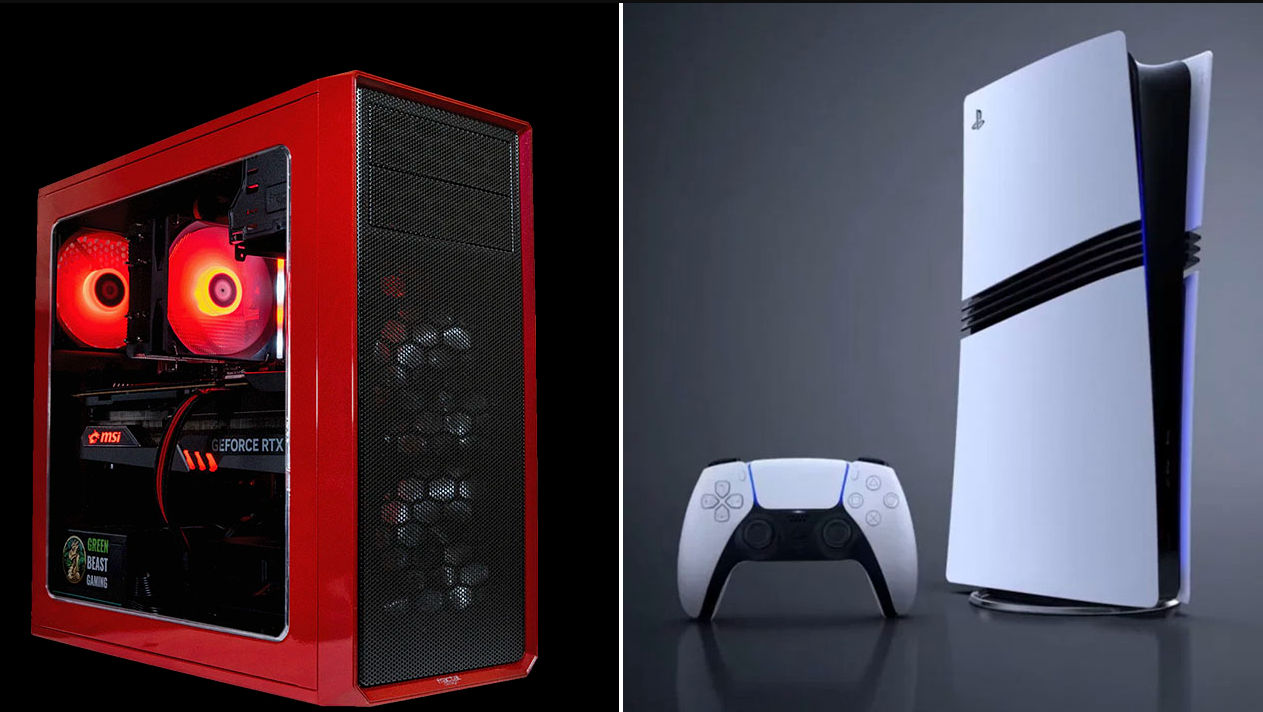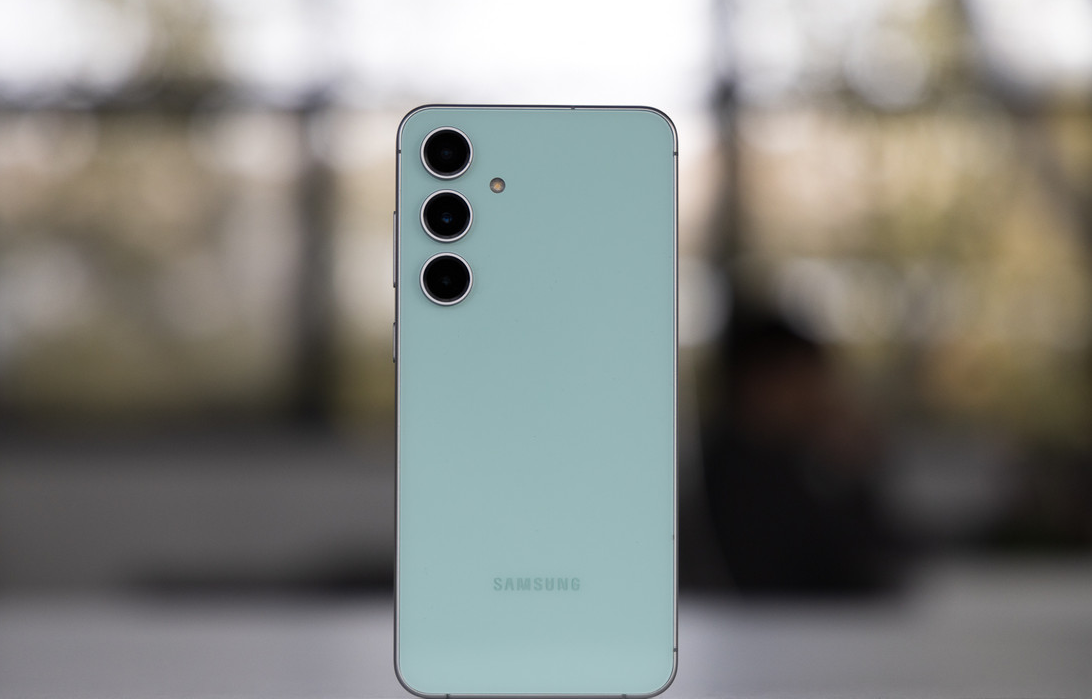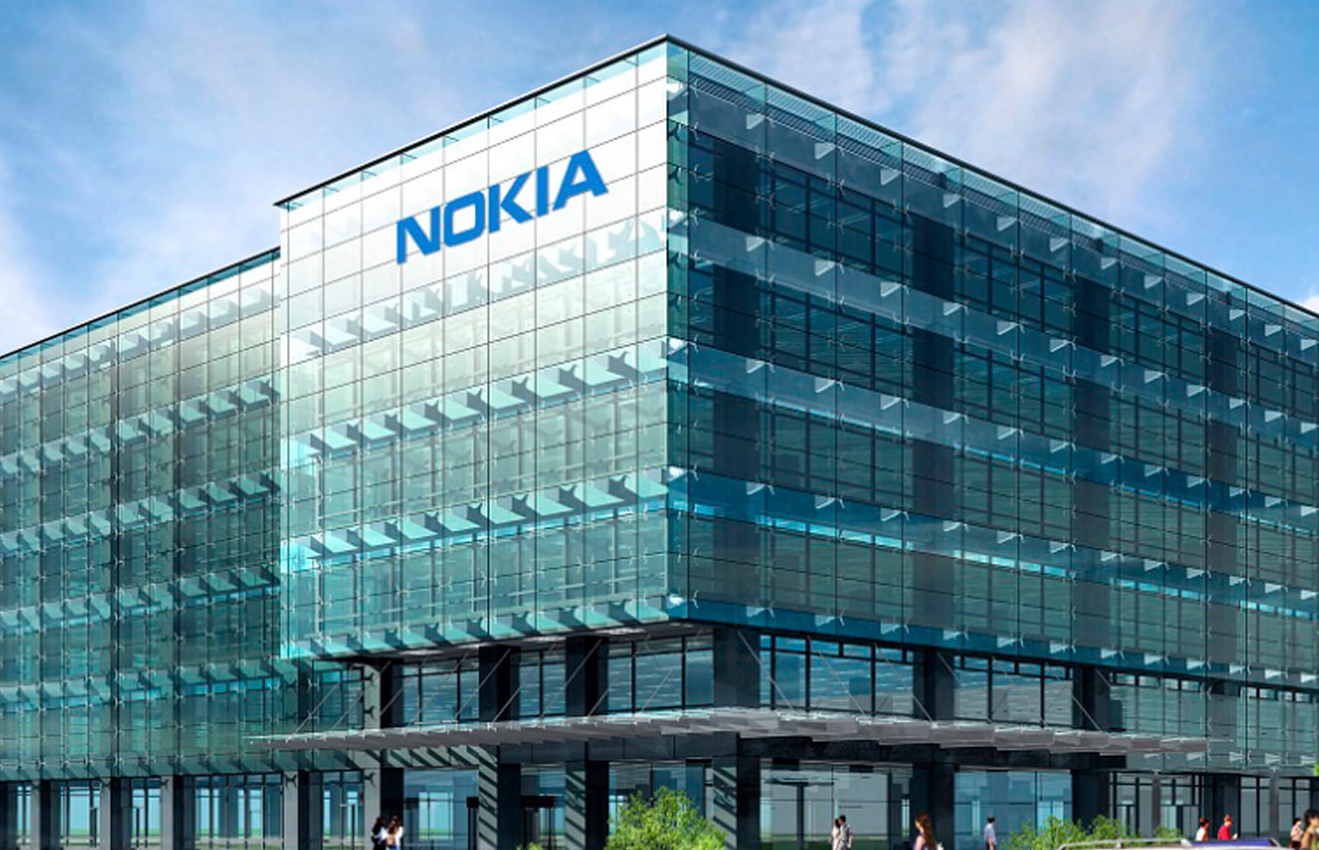LCD (Liquid Crystal Display) and LED (Light Emitting Diode) are two popular screen technologies used in televisions, monitors and other devices. Although these technologies are often confused, there are key differences between them that affect the image quality, efficiency, and durability of devices.
Key differences
LCD (Liquid Crystal Display)
Liquid Crystal Technology
LCD screens use liquid crystals that do not emit light on their own. These crystals are placed between two polarised glass panels. When an electric current is applied, the crystals change their orientation, affecting the passage of light.
CCFL backlighting
Traditional LCD screens use cold cathode fluorescent lamps (CCFL) to illuminate the screen. These lamps are positioned behind the screen, distributing light evenly across the entire screen surface.
Form factor
Due to the use of CCFL, LCD screens are typically thicker and heavier compared to LED screens. It also limits the minimum possible thickness of the device.
LED (Light Emitting Diode)
LED backlight technology
LED screens also use liquid crystals, but instead of CCFLs, light-emitting diodes (LEDs) are used for backlighting. This makes the screens thinner and more efficient.
Types of LED backlighting
Edge LED (Edge LED): LEDs are located around the perimeter of the screen. This makes devices even thinner, but may affect the evenness of the screen illumination.
Full-Array LED: LEDs are located behind the entire surface of the screen, providing more even illumination and allowing for localised dimming to improve contrast.
Advantages
LED screens are generally more energy efficient than LCDs. They offer better contrast and colour reproduction. Their thinner and lighter design makes them preferred for today’s slim devices.
Image quality
Image quality is one of the key aspects influencing the choice between LCD and LED screens. Let’s take a closer look at how these technologies affect the visual characteristics of the image.
LCD (Liquid Crystal Display)
Contrast: The contrast on LCD screens may be limited due to the CCFL backlighting method. This means that black may appear darker grey rather than completely black. Local dimming is difficult to realise in LCDs with CCFL backlighting.
Colour rendering: LCD screens may have a limited colour gamut compared to some LED screens. Colours may appear less saturated and vibrant.
Viewing Angles: One of the disadvantages of LCDs is that picture quality is reduced when viewed at an angle. Colours may be distorted and contrast may be reduced.
LED (Light Emitting Diode)
Improved contrast: LED screens, especially those with Full-Array backlighting and local dimming, offer significantly better contrast. Black areas on the screen look deeper and more realistic. Local dimming allows individual areas of the screen to be darker or lighter depending on the content of the image.
Better colour reproduction: LED screens often offer a wider colour gamut and better colour saturation. Technologies such as Quantum Dot (used in QLED TVs) can further improve colour reproduction and brightness.
Viewing angles: Some LED screens, especially those that use IPS panels, offer better viewing angles than traditional LCDs. This makes them more suitable for rooms where viewers can watch TV from different angles.
Brightness: LED screens can offer higher levels of brightness, making them ideal for viewing in bright rooms or daylight.
LED technology, by providing improved contrast, wider colour gamut, and better brightness, offers significantly better picture quality than traditional LCD screens. These benefits are particularly noticeable in high-end LED TVs that useful LED backlighting with local dimming and advanced colour reproduction technologies such as Quantum Dot.
Energy Efficiency and Durability
Energy efficiency and durability are important factors when choosing between LCD and LED screens. Let’s take a look at how each of these technologies performs in these aspects.
Energy efficiency
LCD
- CCFL Backlighting:
- Traditional LCD screens with CCFL backlighting consume more power compared to LED, due to the need for constant electricity to run fluorescent lamps.
- The energy-to-light conversion efficiency of CCFLs is lower than that of LEDs.
LED
- LED Backlighting:
- LED screens are more energy efficient due to the use of LEDs, which use less power to achieve similar levels of brightness.
LED technology allows for more precise control of screen brightness and illumination, which also contributes to energy savings, especially in models with localised dimming.
Durability
LCD
- CCFL Term of Service:
- The CCFL lamps in LCD screens have a limited life span. Over time, they may dim or fail completely, requiring replacement.
- Typically, CCFL lamps have a lifespan of about 50,000 hours.
- Liquid Crystal Wear:
- Liquid crystals can also degrade over time, especially with constant exposure to high temperatures, which can affect image quality.
LED
- Longevity of LEDs:
- The LEDs in LED screens have a longer lifetime compared to CCFL lamps. The average lifetime of LEDs can reach 100,000 hours.
- LEDs are also more resistant to degradation, ensuring that image quality is maintained longer.
- Reliability:
- LED TVs are less prone to backlight problems and provide more even screen illumination throughout their lifetime.
- The lower heat dissipation of LEDs also reduces the risk of overheating and damage to other components.
In general, LED screens outperform LCDs in energy efficiency and durability. Their lower power consumption and longer lifespan make them a greener and more economical choice in the long run. These factors, along with better image quality, make LED technology the preferred choice for most consumers and applications.
Comparative Analysis
- Price vs Quality: When choosing between LCD and LED, it is important to compare the value for money. LED TVs usually offer better picture quality and additional features, but they also cost more.
- Long-term Savings: Despite the higher initial cost, LED TVs can be more economical in the long run because of their energy efficiency and durability.
Conclusions
The choice between LCD and LED often depends on budget and picture quality requirements. LCD TVs remain an affordable option for those looking for a more economical solution, while LED TVs offer higher quality and additional features for a higher price. However, it is worth bearing in mind that the prices of LED technology are decreasing over time, making it more affordable for a wide range of consumers.
Looking for the perfect screen for your home or office? Want to get the most for your money? Then we have a great offer for you! Go right now to reBITme.com and choose the perfect screen from a wide range of leading brands.




